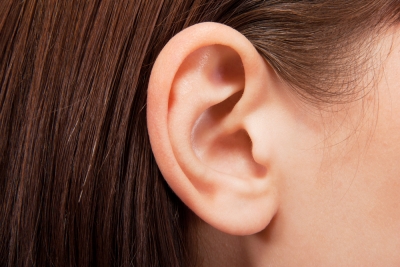
The eustachian tube is a small tube that connects the middle ear to the airway in the back of the nose (nasopharynx). This tube allows outside air to enter the middle ear (behind the eardrum). The eustachian tube, which opens when a person swallows, helps maintain equal air pressure on both sides of the eardrum and prevents fluid from accumulating in the middle ear. If air pressure is not equal, the eardrum may bulge or retract, which can be uncomfortable and distort hearing. Swallowing or voluntary “popping” of the ears can relieve pressure on the eardrum caused by sudden changes in air pressure, as often occurs when flying in an airplane. The eustachian tube’s connection with the middle ear explains why upper respiratory infections (such as the common cold), which inflame and block the eustachian tube, can lead to middle ear infections or changes in middle ear pressure, resulting in pain.
The vestibular system consists of
- Two fluid-filled sacs called the saccule and the utricle
- Three fluid-filled tubes called the semicircular canals
These sacs and tubes gather information about the position and movement of the head. The brain uses this information to help maintain balance.
The saccule and utricle contain cells that sense movement of the head in a straight line, that is, back and forth or up and down.
The semicircular canals are three fluid-filled tubes at right angles to one another that sense rotation of the head. Rotation of the head causes the fluid in the canals to move. Depending on the direction the head moves, the fluid movement will be greater in one of the canals than in the others. The canals contain hair cells that respond to this movement of fluid. The hair cells initiate nerve impulses that tell the brain which way the head is moving so that appropriate action can be taken to maintain balance.
If the semicircular canals malfunction, which can occur in an upper respiratory infection or other temporary or permanent disorder, the person’s sense of balance may be lost or a false sensation of moving or spinning (vertigo) may develop.
Picture Credit : Google




